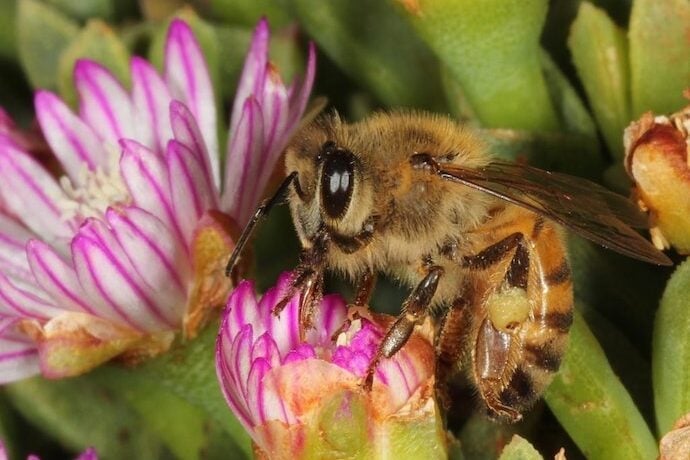You may not assume it, but fuzzy little black and yellow honey bees are some of the most important creatures in the world. This is because they help a huge number of plants in a process called pollination.
As a quick refresher, pollination is the transfer of pollen grains between plants for the purpose of reproduction. Without the help of bees and other pollinating creatures, many plants would not be able to reproduce or bear fruit.
As climate change continues to upset the natural balance of our planet, bees are among its primary victims. For example, due to irregularly hot days too early in the year, a queen bee’s court may begin to prepare her to lay eggs at the wrong time. This can seriously impact the survival of the entire hive—a literal buzz kill.
Combining climate change with the ever-growing global population, many people believe that the humble bee, though irreplaceable, may need a helping hand from technology.
Honey Bots
Robo Bees are a class of machines and robots that utilize biomimicry to recreate the pollination activities of real bees. These robotic helpers come in all different shapes and sizes and have been in action all over the world, mimicking the awesome pollination abilities of normal bees. Some of these creations look like a mechanical approximation of a bee, flying on tiny propellers or even tiny fluttering wings to go from plant to plant.
These lil robo helpers use an ionic liquid gel that enables the bees to get pollen “stuck” and “unstuck” to them multiple times. This allows the bees to mimic the same process that real bees use when pollinating. The super cool part— this gel is eco-friendly and does not hurt any natural pollinators or the environment.
The RoboRoyal Project, based in Turkey and Australia is an awesome experiment in which robo bees are designed to replace the natural queen bee’s court of helpers. The wee workers guide the queen through her daily and seasonal processes to ensure she doesn’t lay her eggs too early. It is hoped that these one-day fully autonomous bees will be able to guide the queen through more difficult climate conditions so she and the hive can survive in an unstable environment.
To Robo Bee or not to Robo Bee
While robot bees are a great example of humans using nature as inspiration in their problem-solving, there are some serious concerns. These tiny tech creations are made of heavy metals, lithium batteries, and other toxic materials. If they break down in the field, wildlife may attempt to eat the damaged ones and get sick.
Also, without extensive AI training, the bees may ignore a variety of native wildflowers in whichever region they are deployed to, causing a bee drought while human-consumed crops flourish. And, here’s the thing. Real bees can fly miles away from their hive, coasting on breezes and winds, and braving all sorts of weather conditions to collect pollen.
While our ability to create technology is seriously impressive we are not anywhere close to being able to recreate the same amazing and instinctual pollination abilities of bees. Thankfully, companies working on this technology recognize this and see robo bees as helpers and not replacements for the real thing.
It’s cool, though, that, as we are using technology to help augment and improve our own lives, we can also augment and secure the lives of our fuzzy buzzy little friends.
Learn More
Pollination Definition
https://kids.britannica.com/students/article/pollination/276490
Robo Bees in California
RoboRoyal
What are Robot Bees?
https://builtin.com/robotics/robot-bees
Robot Bees Video
https://www.youtube.com/watch?v=lJCMIsLuGpg
Rise of the Robot Bees
Bee Robot That Can Twist
https://news.wsu.edu/press-release/2023/05/23/researchers-build-bee-robot-that-can-twist/

